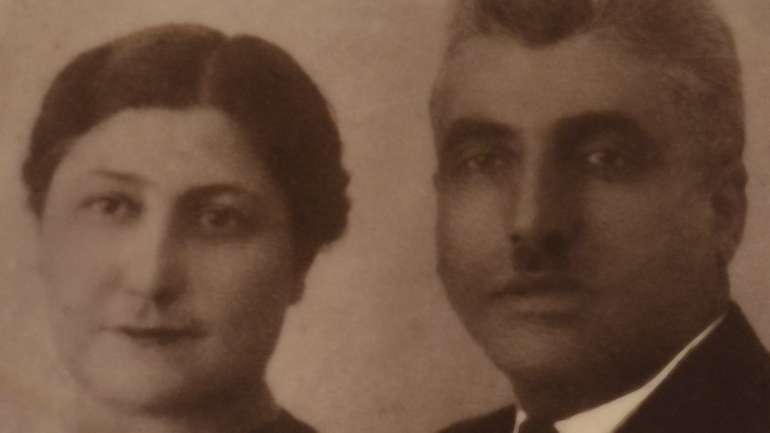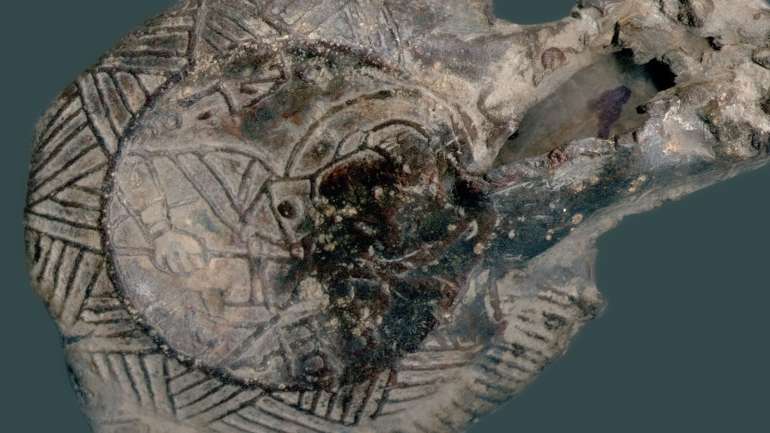By: Sonja Perić, senior curator
On September 30, 2024, the Regional Museum Jagodina celebrated its great jubilee, 70 years of existence, with a large number of guests and visitors and the opening of an exhibition of paintings by the academic artist Sretko Divljan. The commemoration of the Museum Day continued with a professional excursion by members of the collective on Wednesday, September 2.
The first stop was the Foundation Milena’s Home – the Milena Pavlović Barili Gallery in Požarevac,, where, with professional guidance, we got to know the life of this great Serbian artist, the phases of her painting work and enjoyed her paintings and objects from her home and her childhood.
The second stop was the archaeological site of Viminacium, which left everyone breathless. In the surroundings of the imposing Kostolac coal mine, on about 450 hectares, there is a Roman settlement and a military camp whose life began in the last decades of the 1st century. Although only a small part of the site, about 5 percent, has been archaeologically explored, what has been discovered is extremely significant and powerful. Namely, 16,000 graves were explored at Viminacium, which is the largest number of graves discovered in one location in the world. Ramparts, towers, an amphitheater, a public bath, temples, an imperial mausoleum, aqueducts, a craft center, as well as the discovery of mammoth remains next to the tomb itself, interested and inspired visitors, and encouraged museum workers, who are not closely related to the profession, to ask a series of questions hosts.
With the expert guidance of Dr Ivan Bogdanović, we toured the thermal baths, got acquainted with the way Roman ramparts were built, talked about gladiator fights inside the amphitheater, about the army, legions, customs, cults and daily life of the inhabitants of this ancient city.
Dr Ilija Danković, a member of the team currently investigating the main street in Viminacium, introduced us to the latest discoveries. Although we interrupted his work, a private house is currently being excavated not far from the discovered triumphal gate, he spared no words to convey the importance of new discoveries and the luxury of life in Roman villas.
Dr Mirjana Vojvoda led us through the mausoleum and corridors under the tombs from the Christian period, so that we could see their interior and paintings on the walls. Along the way, we heard a story about the Roman mints, and then toured the new Domus Scientiarum building, a reconstructed Roman villa that houses work rooms, cabinets, laboratories, a library and the Viminacium museum. It is not known what is more beautiful, closed courtyards, working space or chambers of the future museum, with monumental mosaics, busts of 18 Roman emperors born on the territory of Serbia and corridors with fragments of fresco painting from the walls of the amphitheater and tombs.
And at the end of the tour of the aqueduct and Nymphaeum, we were met by a gray kitten, which we did not leave to spend the night unprotected, but took it with us to Jagodina and provided it with a warm home.





